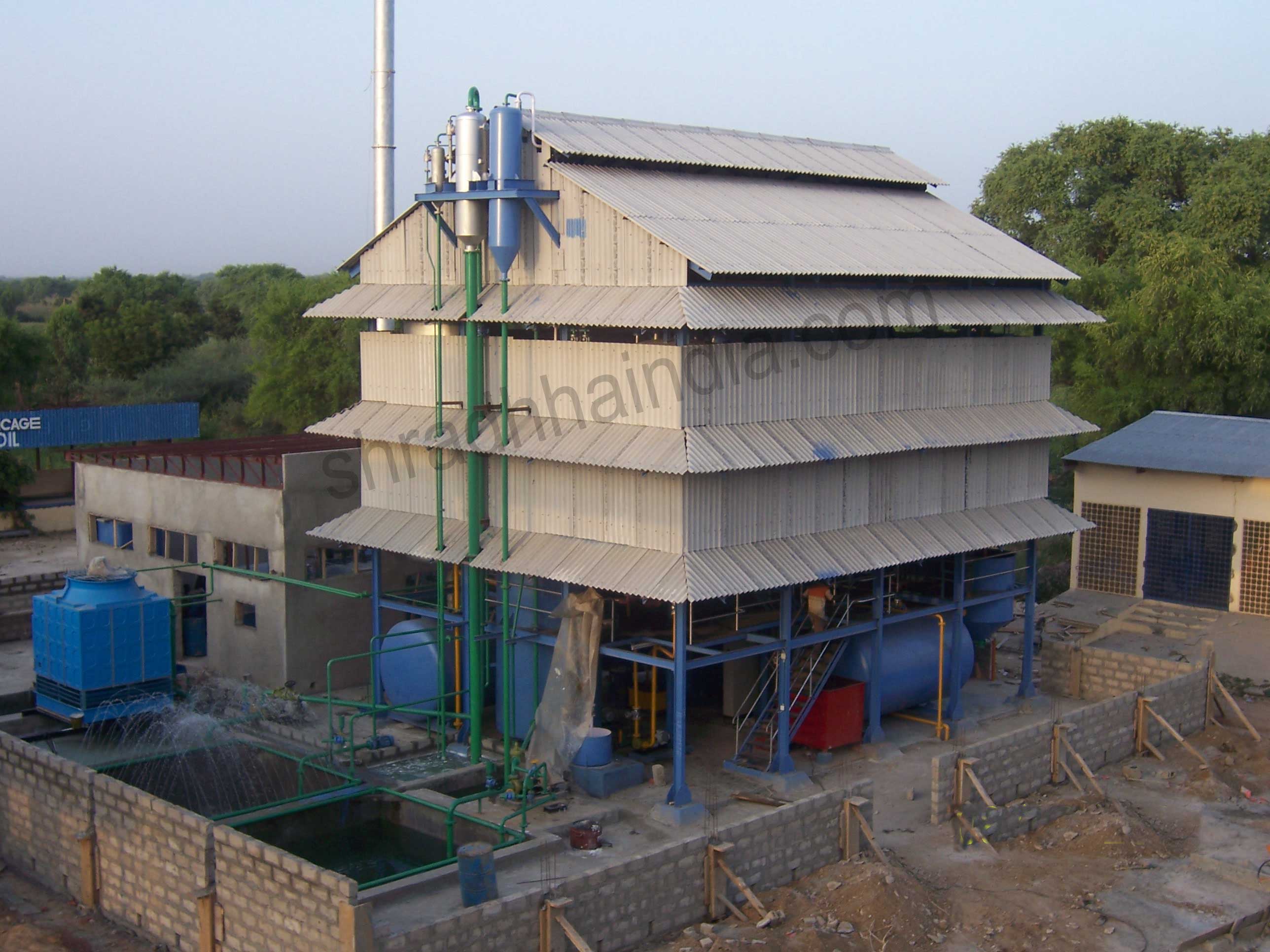 Edible Oil Refinery: We are making Batch and Continuous process refineries for Edible Oil. Both types require mainly three steps of Unit Operation called Neutra-lization, Bleaching, and Deodorization. In addition to it, some oils like palm and rice bran oil requires additional step called Fractionation. Generally, selection of batch vs. continuous depends capacity on Edible Oil Refinery.
Edible Oil Refinery: We are making Batch and Continuous process refineries for Edible Oil. Both types require mainly three steps of Unit Operation called Neutra-lization, Bleaching, and Deodorization. In addition to it, some oils like palm and rice bran oil requires additional step called Fractionation. Generally, selection of batch vs. continuous depends capacity on Edible Oil Refinery.
Batch set-up is ideal for smaller refining capacities upto 30 Tons per day while larger refining capacities would efficiently operate under continuous process set up. We make wide range of refining capacity set-up from 10 Tons per day up to 1,000 Tons per day state of the art refinery complex.
Each step of refining removes undesira-ble substances from the oil. Neutralization process step removes Free Fatty Acids from the oils, Bleaching can reduce the oil color and remove any residual impurities from the neutral oil while Deodorization can remove low molecular weight substances which are responsible for undesirable flavor.
Edible Oil Refinery Making The first step of refining, Neutralization, can be perform by two methods called Physical and Chemical process. As their names indicate, in chemical process, it requires alkali, sodium hydroxide, to remove Free Fatty Acids from the neutral oil while physical refining can distilled off low boiling point Free Fatty Acids from the neutral oils at high temperature under high vacuum. The chemical process generate soap/soap-stock as a by-product while physical process generate fatty acids with low boiling point substances as by-products.
The second step of refining, Bleaching, can be done under vacuum and requires bleaching earth and carbon as adsorbents to adsorb color bo-dies from the oils. Once the process done under these parameters, spent earth and carbon can be filtered off by means of Filter Press or Pressure Leaf Filter to obtain low color clear oil.
The third step of refining, Deodorization, can be done at high temper-ature around 250 degree celsius and high vacuum by constantly sparging steam through the oil to distilled off low molecular weight substances from the Deodorizer vessel. Then, the oil can be cool off by incoming cold oil followed by coiled cold water circulation into cooling vessel.
The refinery has a few basic processes for refining edible oil. Neutralization is the first operation in Neutralizer Machines. Under agitation, the Alkali Reaction at 60°C removes Fatty Acids Freely (FFA). Soap stock by-products are allowed to settle so that they can be further collected in soap pans.
Bleacher takes neutralized oil to them where it is bleached with bleaching earth or carbon. Thermic fluid coils can heat the oil up to 110°C. Bleaching is performed under vacuum and slow stirring. Bleached Oil can be filtered with Press Filters, or PLF to remove any spent chemicals.
The oil temperature is then raised to 180-200 degC. Live steam is extracted from the deodorizer's steam nozzles. The whole process takes place under high vacuum. This eliminates the oil's odor. A cooler vessel has water circulating coils to remove heat. Oil is then cooled. Final filtration by Polish Filter, or Press Filter, gives you a more transparent and clear oil.